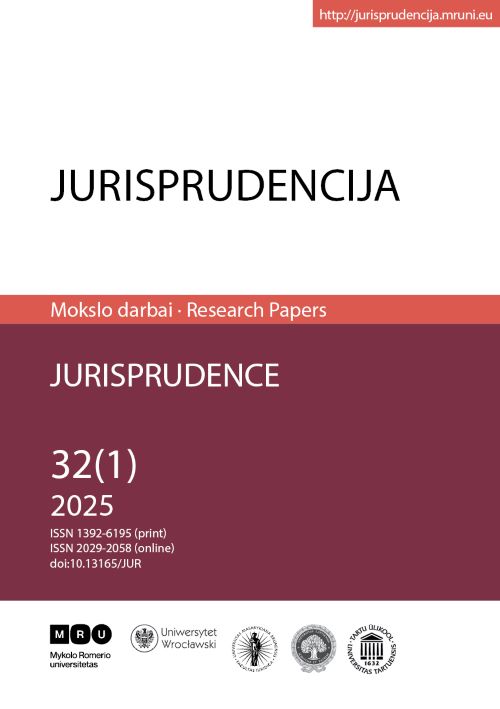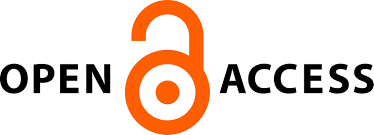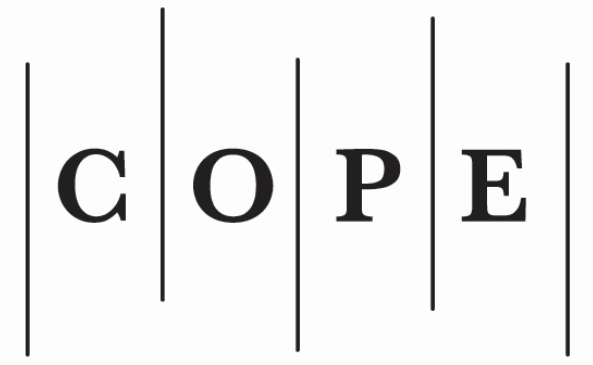APPLICATION OF THE EXCEPTIONS TO THE RETURN OF A CHILD UNDER THE 1980 HAGUE CONVENTION IN LITHUANIAN CASE LAW
##plugins.themes.bootstrap3.article.main##
Abstract
The article analyses the application of the exceptions to the return of the child to the State of origin under the 1980 Hague Convention on the Civil Aspects of International Child Abduction. In the first part of the article, the authors analyse the child’s adaptation to a new environment as one of the exceptions to the return of the child to the State of origin. The article supports the interpretations in case law that the one-year time limit in the Convention is not absolute, but must be interpreted in conjunction with the jurisprudence of the European Court of Human Rights and in the best interests of the child. The second and third paragraphs of the article deal with the exceptions to the return of the child provided for in Article 13 of the Hague Convention, namely (1) where the parent has not exercised custody rights, objected or consented to the removal of the child; (2) where there is a serious risk of harm from the return of the child. The authors note that the court’s activity in this category of cases must not overshadow the normal burden of proof, and that the courts must give adequate reasons for their decisions on the application of exceptions. Finally, the last exception to return is analyzed, i.e. when the child objects to return and has reached an age and maturity where it is appropriate to take his or her views into account.
Keywords: international child abduction, child abduction, wrongful removal, wrongful retention, grave risk, opinion of the child, exceptions to the return of a child
##plugins.themes.bootstrap3.article.details##

This work is licensed under a Creative Commons Attribution 4.0 International License.
This is an open-access journal, which means that all content is freely available without charge to the user or their institution. Users are allowed to read, download, copy, distribute, print, search, or link to the full texts of the articles in this journal without asking prior permission from the publisher or the author. This follows the BOAI definition of open access. Authors contributing to Jurisprudence agree to publish their articles under a Creative Commons Attribution 4.0 International Public (CC BY) License (applicable from 2025).
![]() Authors retain copyright of their work, with first publication rights granted to the Association for Learning Technology.
Authors retain copyright of their work, with first publication rights granted to the Association for Learning Technology.
Please see Copyright and Licence Agreement for further details.







